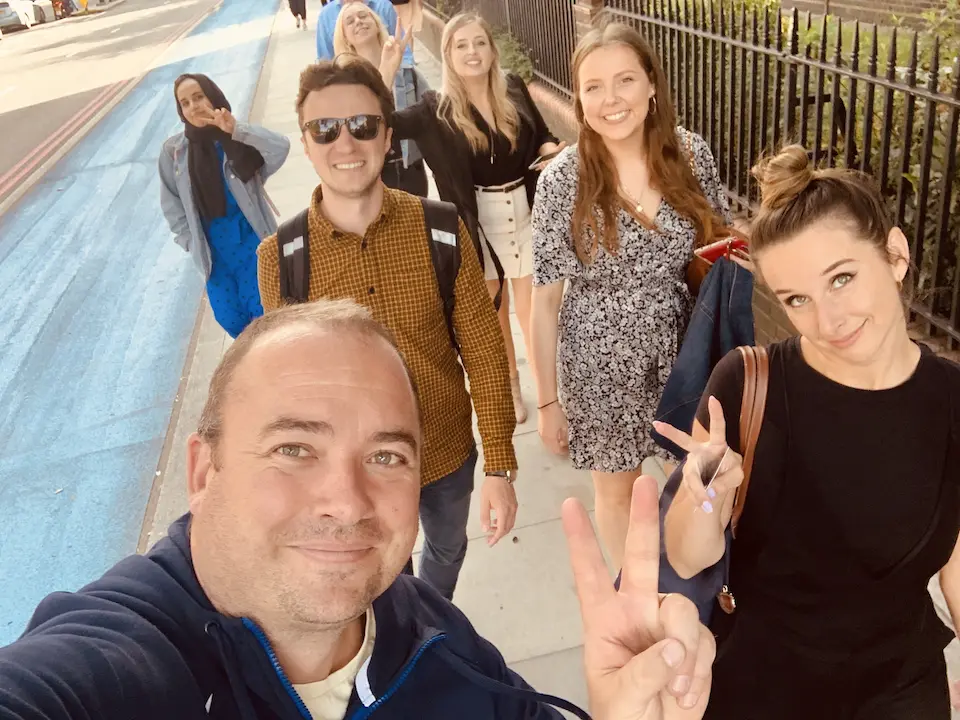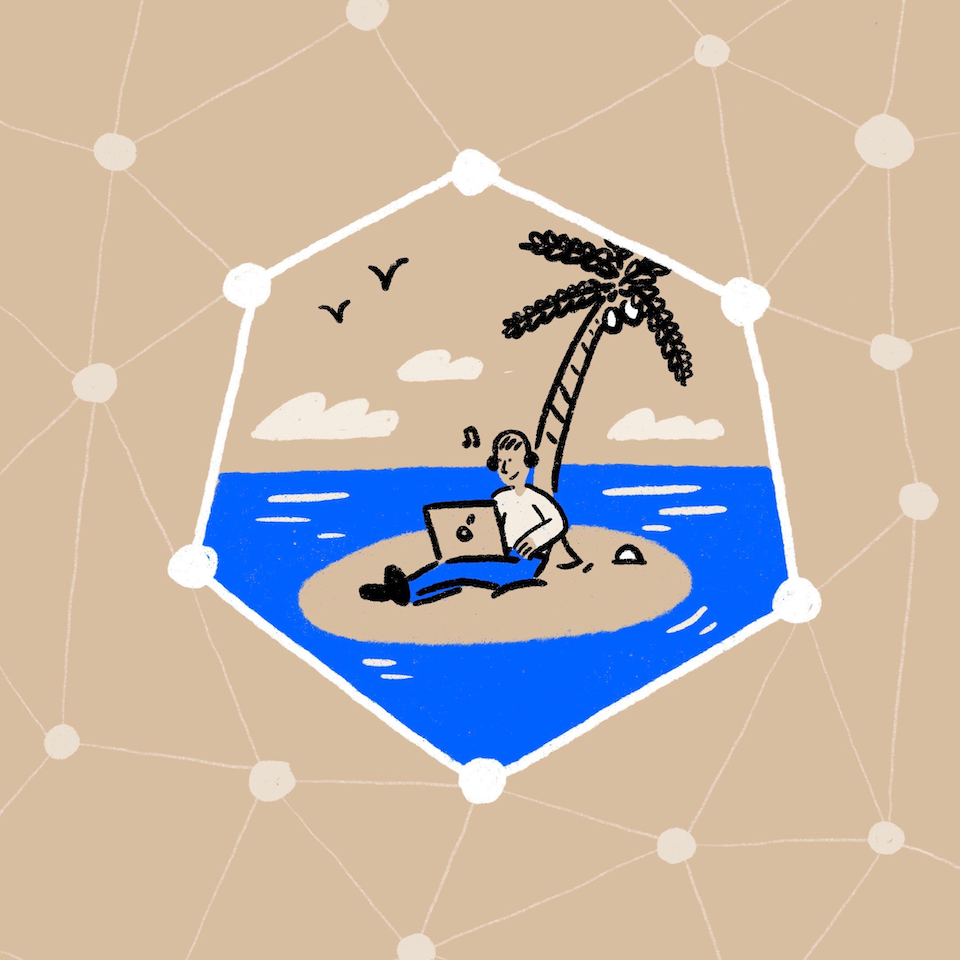
How the founder of Camflare dreamed up a new business while recovering from COVID
Published on May 06, 2021
Not long after the UK announced all offices were closing due to the emerging pandemic, Neil Bentley knew something else was off.
As the founder of Webvid, Neil had already taken action to help move his employees from their HQ to home offices. So the stress of adjusting to a new reality didn’t come as a surprise. But the exhaustion felt like something entirely new.
“When our prime minister was on TV saying, ‘Lockdown has started, you must work from home,’ I was walking back through my door realizing I wasn't feeling well,” Neil recalls. “Within a day, I was completely flat on my back, with no taste and no smell. I was just thinking ‘What's happening?’ I lost a stone and a half of weight within a week and a half. I was shivering. I was shaking. I was sweating. I didn't know what to do.”
For weeks, he struggled to recover from COVID-19. At the same time, he was worrying about his business and, in particular, how his team would communicate and collaborate while isolated in their homes.
“Some of our clients already embraced remote working, but in the UK, the majority of businesses would operate within a physical office environment—like us,” Neil says. “But there was no way we could get to our office. Travel was discouraged and I really wasn’t in the best of health. So we had to use synchronous virtual tools like Zoom to stay in touch, to make sure everyone had everything they needed.”
“Being ill seemed to muddy my thought process,” he recalls. “It took time for me to be able think clearer and understand where we were and where we were going. That's when having a great team helps you out. You can have the best technology in the world, but it's your people that are at the heart of the relationship between your company and your clients. They proved to be invaluable assets to the business and me.”

“You can have the best technology in the world, but it's your people that are at the heart of the relationship between your company and your clients.”
In the midst of the illness, uncertainty, and fog of fatigue, Neil had a moment of clarity when a new idea broke through.
“As a team, togetherness was the only way for progress. So what were we going to do? All I knew was that I wanted to innovate and create something new. To do this, we all had to be inquisitive about new technology and observe how the world was changing.”
As Webvid was pivoting to digital, they realized they needed a simple way for people to record videos, then send them back to their team. But it was a challenge as they needed a way to capture high-quality videos without friction, so all of their blue chip clients could adopt it quickly and intuitively.
That’s how Neil and his long-time collaborator Steve Higgins dreamed up Camflare, a new platform that uses Dropbox to allow people to request, record, and receive videos from contributors anywhere in the world, with just one link.

As Webvid was pivoting to digital, they realized they needed a simple way for people to record videos, then send them back to their team.
“Steve has always worked remotely since leaving our London HQ,” says Neil. “He loves working this way, so creating a tool that helps other people work remotely is a passion of his.”
“Originally we were using some other video tools, but we could only do it in real time,” he explains. “Those real-time mechanisms were time consuming, and in some instances, too difficult for our clients to use. We just thought Camflare could be much simpler and we couldn’t find anything like it.”
“We use Dropbox for all of our projects,” Neil says. “We find it a really clean, flexible platform, which is great for collaboration. It was on this premise that I said, ‘Let's make this really simple for everyone. Let's create Camflare, based on storage from Dropbox.’”
“I said, ‘Let's make this really simple for everyone. Let's create Camflare, based on storage from Dropbox.’”
Though they originally built Camflare to solve a problem their own team was having, when other people began using it, they quickly discovered it was even more useful than they first imagined.
“We built it for us, but when people started to migrate towards us, we found out it was really good for them, too,” says Neil. “We found out that it wasn't just for the things that we used it for. So it's made me hugely excited about the possibilities ahead. We stripped Camflare down to make it ultra simple, though the evolution of adding new functions, as and when needed, excites Steve, myself, and the team.”
“I'm incredibly proud of what we've done,” says Neil. “Because this wouldn't have happened without a pandemic. I wouldn't have sat there and thought of this idea and I feel proud that we proactively did something during that time. Hopefully, Camflare can be something incredible to emerge out of such a challenging period of time.”





